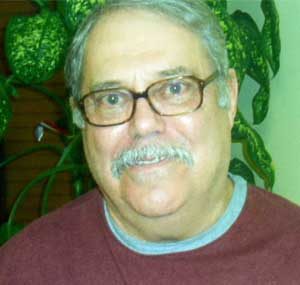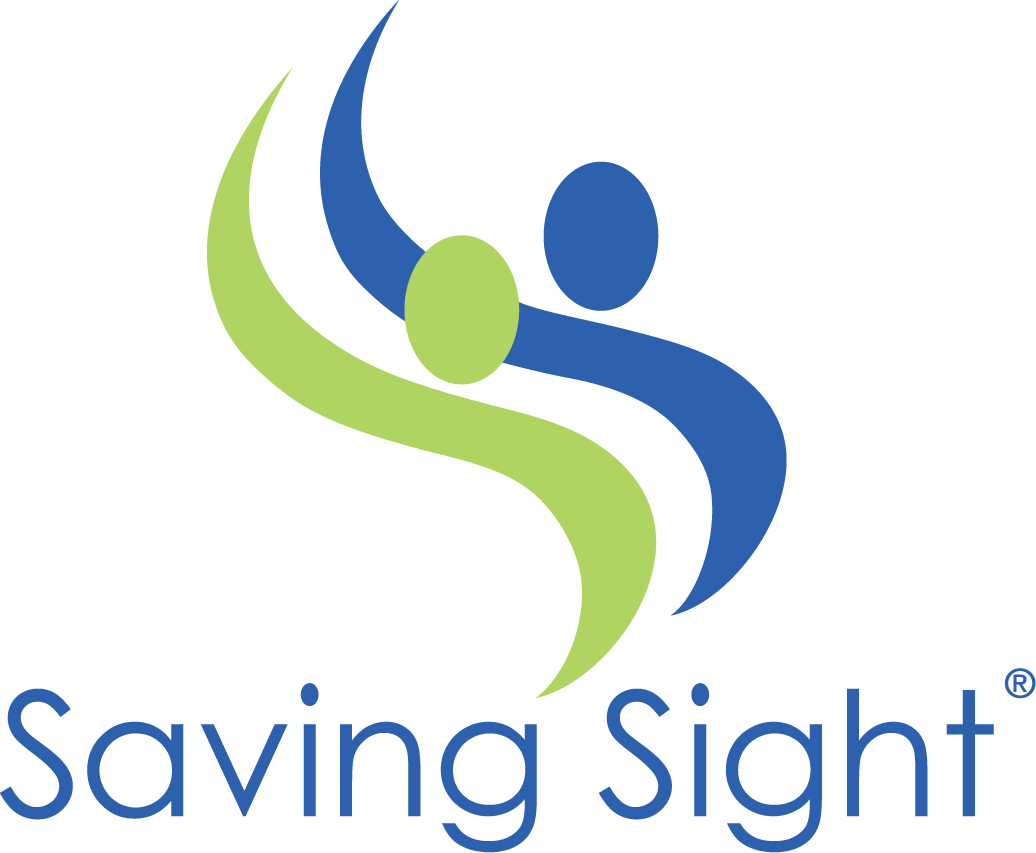
Bill, a retired RN and veteran from Topeka, Kansas, is back to enjoying retirement and his motorcycle after two corneal transplant surgeries.
Bill, a retired operating room RN from Topeka, Kansas, knew he was at-risk to develop Fuchs’ corneal dystrophy. Causing an inner layer of the cornea to blister and cloud, Fuchs’ dystrophy is a hereditary disease, and it ran in his family. Bill’s mother and grandmother had both lost vision to it, but Bill was a full decade younger than they were when he was diagnosed with Fuchs’ dystrophy as well as cataracts. “My vision was cloudy, like looking through lacy curtains or a foggy windshield,” Bill said. Eventually, his sight worsened to 20/600 in both eyes, uncorrected, which left him unable to enjoy one of his favorite hobbies: riding his motorcycle. “I had to curtail that because my vision wasn’t good enough,” he said. “I didn’t feel confident. You have to really pay attention to watch for potential hazards.”
Bill became a nurse after serving in the U.S. Army. Originally in the Kansas Army National Guard, he was activated in May of 1968 and sent to Fort Carson. Later he was sent to Vietnam as a medical corpsman, where he worked in a surgical hospital for six months in the spring and summer of 1969. When offered higher education through the GI Bill, he left Vietnam inspired to enroll in nursing school. “In Vietnam, they had some excellent nurses,” he remembered. “I worked in intensive care there for most of my tour. I always liked being a medical corpsman, helping folks out. I also liked the idea of going to nursing school and being prepared for a specific type of job.”
As it turns out, Bill’s 34 years as a nurse prepared him for his cornea transplant surgeries. “I wasn’t worried about the operation itself,” he said. “I knew they do the surgery under local anesthesia and the patient doesn’t have pain.” What Bill didn’t know, though, was that through an advancement in transplant surgery and eye banking called DSAEK, Saving Sight was able to provide his surgeon with tissue specially prepared for Bill’s unique eye problems. “I wasn’t aware they could do partial-thickness corneal grafts,” he said. In other words, the DSAEK corneal tissue was prepared such that Bill only had to have part of his cornea replaced. “Dr. Cavanaugh, my surgeon, got rid of the diseased endothelial layer of my cornea and transplanted the donor endothelial layer,” Bill explained. This less invasive procedure resulted in a reduced recovery time. “There were no stitches needed,” Bill said. “They put an air bubble in there and you stay laying down for 24 hours while it adhered.” In fact, Bill’s recovery after the first transplant in August 2013 was so successful that he was able to get the second cornea transplant less than three months later.
“It was quite an experience thanks to the kindness of two donors,” Bill said. “I‘m able to see pretty well now.” In fact, Bill has 20/40 vision in both eyes and wears trifocal lenses. So now he gets to better enjoy his well-deserved retirement, including returning to his favorite hobby. “I plan to do some more riding,” he said.
“I bought a new motorcycle. I’ve been holding out for a liquid-cooled, metallic red Harley-Davidson. It should arrive any day now.”
To join the millions of Americans like Bill who signed up for the donor registry, register online at Donate Life America or at your local Department of Motor Vehicles office. And be sure to share your decision with your family and friends.

